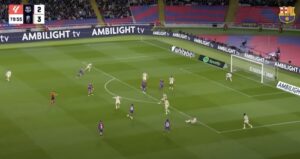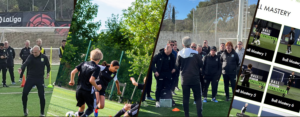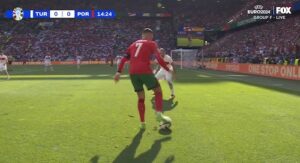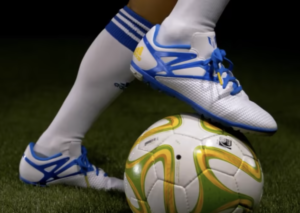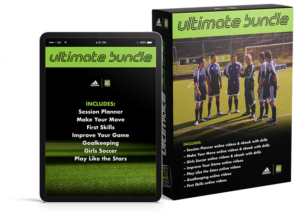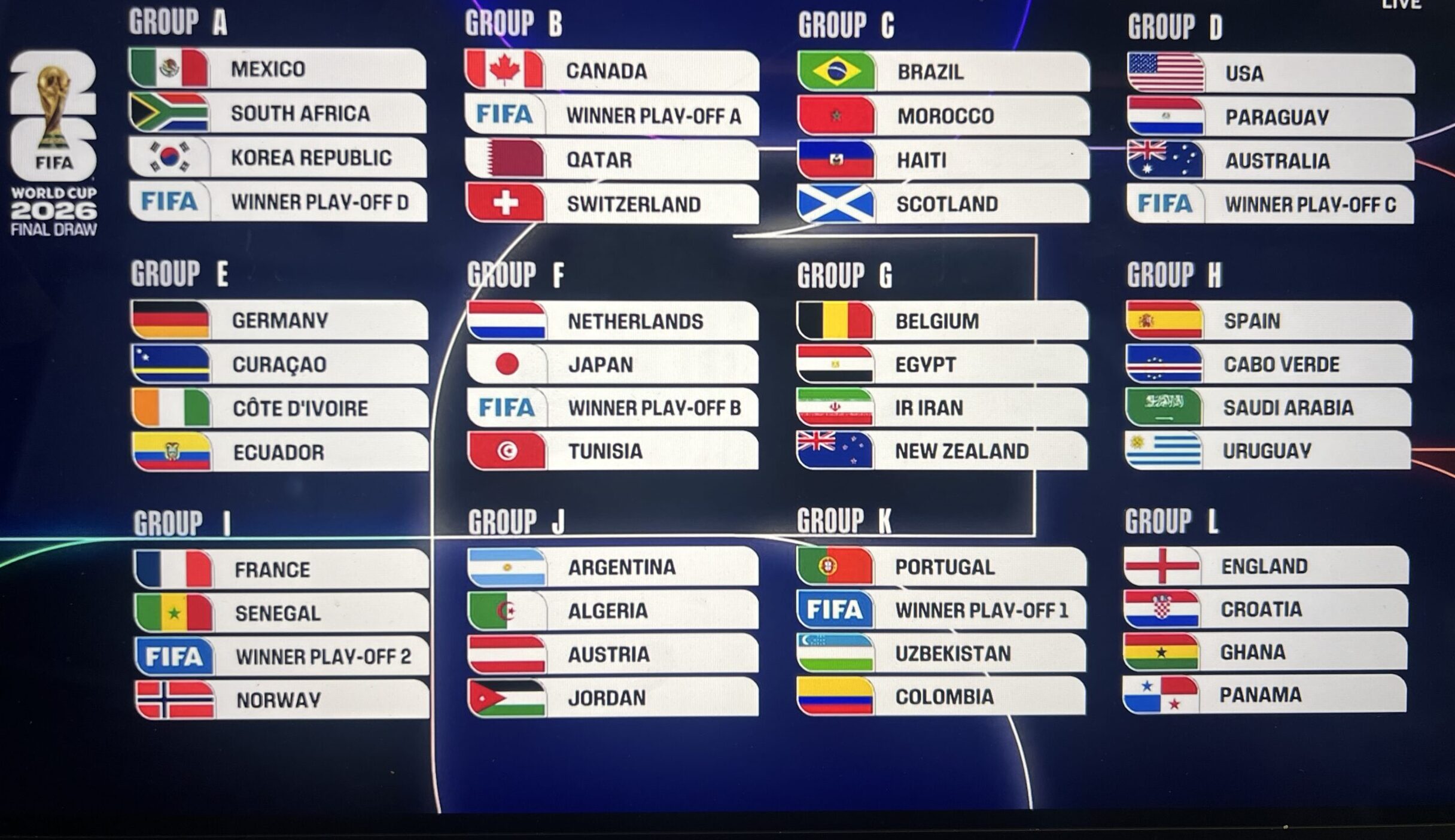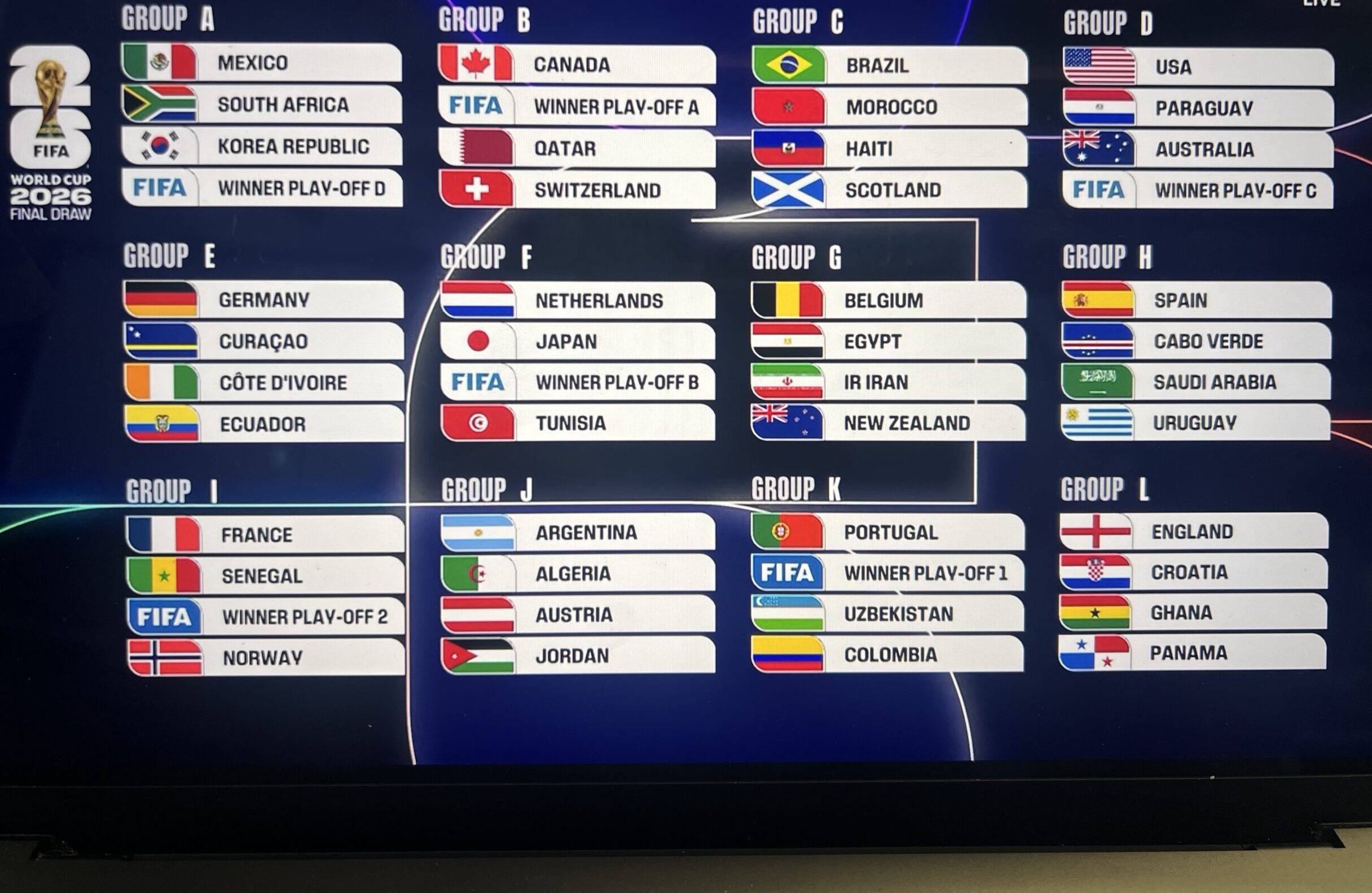By Tony DiCicco
As soccer coaches, whether it be specifically for goalkeepers or field players, we are constantly searching for new innovative ways to train our players. Especially when dealing with goalkeepers, coaches need to train and put them through a series of exercises that will prepare them for the complex and variety of situations the goalkeepers will face between the sticks.
Many experienced goalkeeper coaches have already begun using innovative training methods that will maximize their goalkeeper’s potential. Mini ball training is one way in which coaches can help prepare their goalkeepers for the demanding position.
At SoccerPlus Goalkeeper School, directors and staff coaches use Size 2 mini balls in a series of shot handling exercises. The coaches are looking to acquire an optimal level of goalkeeping from the campers. The primary goalkeeping skill attributed to the mini ball training is the adjustment of the catching unit, or the contour catch. With the flight of a size 2 soccer ball, the goalkeeper needs to adjust their hand position from a Size 4 or 5 to a much smaller, precise catching position.
Securing the ball with an appropriate catching unit requires more than a safe pair of hands. The involvement of the goalkeeper’s upper body is equally important, specifically their head and chest. Goalkeepers need to prepare their bodies so that their hands, head and chest are in alignment with the ball.
The secondary skill acquired by the use of mini ball training is an increase in their physical and visual reaction speed. Obviously the use of a smaller ball, whose flight will be rapid, will require the goalkeepers to prepare their feet quicker in order to save. The quality of the goalkeeper’s visualization speed will be addressed as well.
The movements of the striker, as they strike the soccer ball, serve as a visual cue for the goalkeeper to respond. With consistent training, the goalkeeper’s response mechanisms will increase in speed so that responding to a faster, smaller training device will allow the goalkeeper to perform at a higher level.
The initial concept of mini ball training reminds me of a story about former German international star, Franz Beckenbauer. When Franz was a boy in Germany, learning and developing his footballing skills, he used to train with a tennis ball. Franz mastered dribbling, juggling and other foot skills with the tennis ball. When he returned to a regulation size ball, he found it much easier to control.
Well, the same concept applies to the SPGS training method of using the mini balls or even the SPGS Keeper Ball (weighted medicine ball). When you incorporate a smaller or heavier ball into your weekly training regime, your regulation size ball will seem easier to handle.
When training goalkeepers, you may incorporate the mini ball into a number of shot handling and/or deflecting exercises. As coaches we need to be creative in our exercises, constantly changing the starting position or angle of the goalkeeper.
At Soccer Plus Goalkeeper School, Directors and staff coaches train the goalkeepers using the mini balls by striking balls from the top of the box as well as taking near and far post shots from angles. When using the mini balls to train the goalkeeper’s deflecting techniques, it forces the goalkeeper to concentrate on striking the center of the mini ball, which has smaller surface area than a regulation ball. Just like the SPGS Keeper Ball, the mini ball training will expose a weakness in the goalkeeper’s saving technique if they cannot read the flight of the ball correctly or make solid contact when deflecting.
The use of mini soccer balls is just one of many innovative training methods which can maximize your goalkeeper’s mental capacity while expanding their physical limitations.
In the modern game, of course goalkeepers now have to be just as good with their feet as with their hands.
Tony DiCicco
SoccerPlus Camps
20 Beaver Road; Suite 102
Wethersfield, CT 06109
1.800.533.7371
www.soccerpluscamps.com

